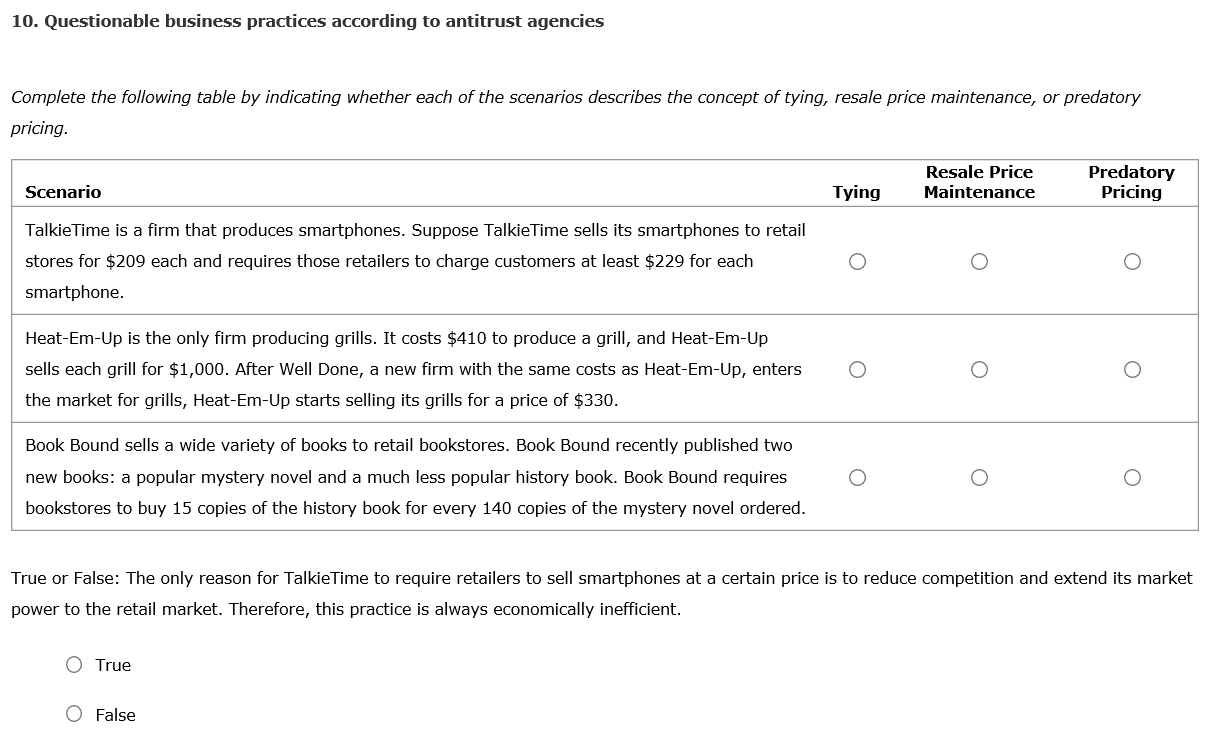


Uses a lower price to generate more sales.Often used by new businesses who want to gain market share.

Based on there being a greater demand for a product than what is available.The price is later reduced to appeal to the broader market.The initial price is aimed at customers who are willing to pay more to access a product early.Often used by new businesses or to launch new products (e.g.An hourly rate considers business costs and available time, unlike project-based pricing, which is a flat fee based on a project scope.Commonly used by service-based businesses and contractors.For example, if you are using penetration pricing, you would use a lower mark-up than your competitors. Adjust the mark-up depending on your strategy.Useful when you have multiple products at different price points and other costing methods are too complex.Talk to your suppliers, competitors or relevant business and industry associations to find an industry standard.also allocate a portion of your fixed costs to each unit to have a total cost of production for each unit.use just the cost of goods sold (as in our calculator example below).Similar to cost-plus pricing but takes the cost of goods sold per unit and adds the same percentage mark-up to all items (e.g.Based on being competitive while making the required profit.You will need to know the variable costs for each unit sold (cost of goods sold) and also be able to allocate a portion of your fixed costs to each unit sold.Adds a mark-up or margin to the cost of producing the product, taking all fixed and variable business costs into consideration.Typically used by businesses who sell physical products.


 0 kommentar(er)
0 kommentar(er)
